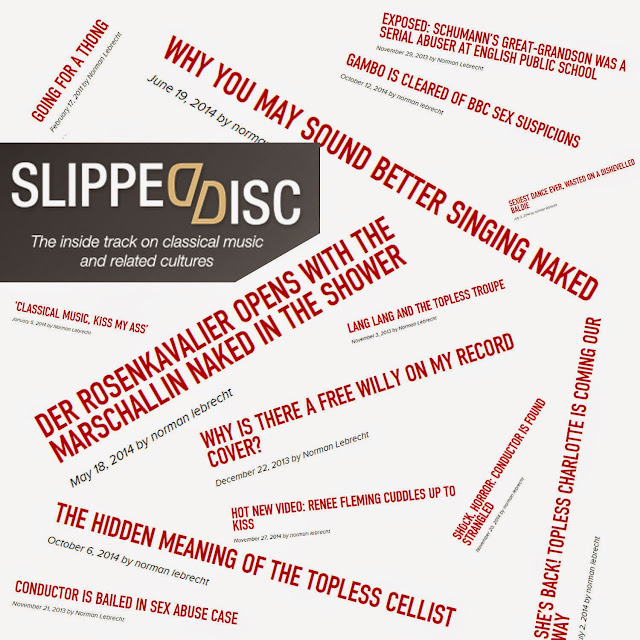Classical music's long tail reaches out

Joshua Nemith's blog explores the long tail of new classical radio -
 Bob Shingleton (whose contemporary classical radio program was the subject of a recent post here) wrote to me the other day:
Bob Shingleton (whose contemporary classical radio program was the subject of a recent post here) wrote to me the other day:"The kind words in your post are very much appreciated - as you realise I'm simply trying to leverage new media to create a radio 'long tail' that reaches music currently being neglected by the ratings driven high profile stations.The very positive response from you, and many others, is prompting me tog o further down the 'tail'.On this week's programme (Sunday Sept 30) I will be playing two full length pieces from young European composers, Rebecca Saunders (England) and Bernard Schweitzer (German) commissioned by the period instrument Freiburg Baroque Orchestra with funding from the Siemens Arts Program. This will probably be the first broadcast of these two works, and they will bookend Bach's Brandenburg Concerto No 6."
I think it is always helpful to place newer music into some kind of stylistic context alongside older works with similar instrumentation, common approaches to sound, etc. This can often serve to help listeners identify how composers interact with the past in the present. Bob is taking some very good cues from the programming talents of forward-looking music directors who program adventurously but with an ear for thematic continuity.
Pitting two new pieces involving period instruments against a Bach work that would have used much of the same kinds of instrumental colors in Bach's time is a fascinating idea. (For anyone who might not understand this, period instruments are those that would have been used during a certain historical time period. Many ensembles (here's an example) are attempting more historically informed performances of older works through the use of such instruments as sackbuts, basset horns, recorders, baroque violins, etc.)
It is this kind of creative and audience-obliging approach that will help revitalize the newly restructured classical music industry. Yes, that's right: this business is beginning to form multiple "long tails" (like Bob's radio program and others like it) that will eventually replace some of the outmoded and ineffective models of classical music presentation. What other long tails are there, you ask? Read this post by Jason Heath to learn about the surging long tail in classical music downloads.
Once again if you missed it before: Listen to Bob Shingleton's show on Sundays at Future Radio; it is available for online listening.

Now read more about creative tension in programme planning. Listen to Overgrown Path radio at 5.00pm UK time every Sunday, and many more stations in the classical long tail, by opening the Radeo internet player via this link, or listen to the audio stream. Read Joshua Nemith's blog here.
Convert Overgrown Path radio on-air times to your local time zone using this link. Windows Media Player doesn't like the audio stream very much and takes ages to buffer. WinAmp or iTunes handle it best. Unfortunately the royalty license doesn't permit on-demand replay, so you have to listen in real time. If you are in the Norwich, UK area tune to 96.9FM. All photos (c) On An Overgrown Path 2007. Any copyrighted material on these pages is included as "fair use", for the purpose of study, review or critical analysis only, and will be removed at the request of copyright owner(s). Report broken links, missing images and other errors to - overgrownpath at hotmail dot co dot uk








Comments